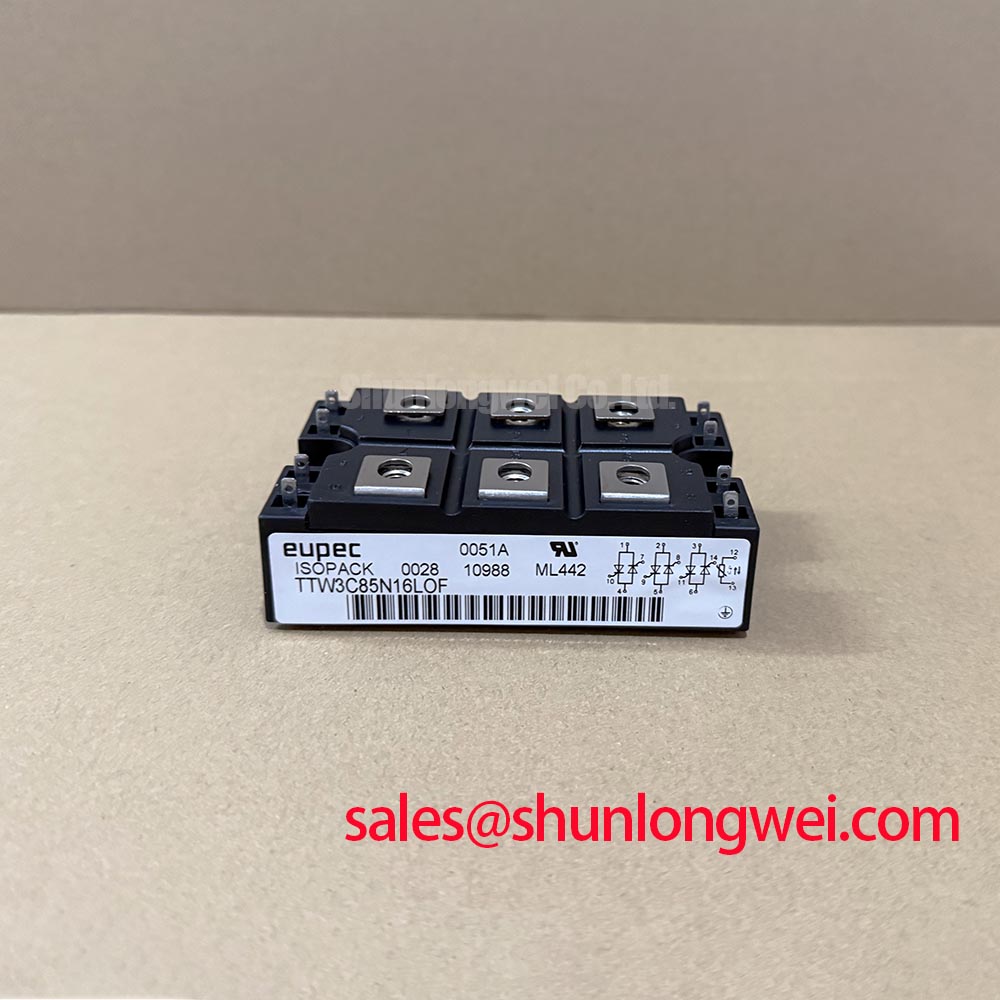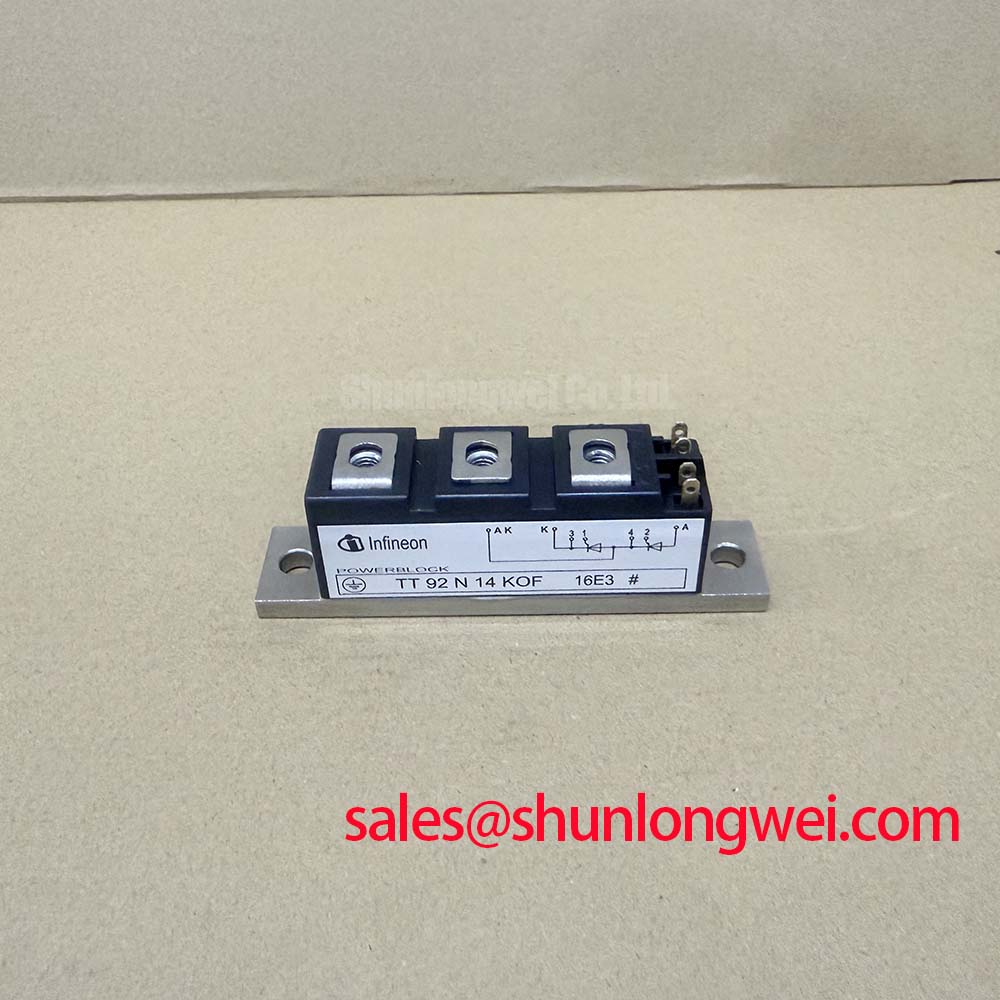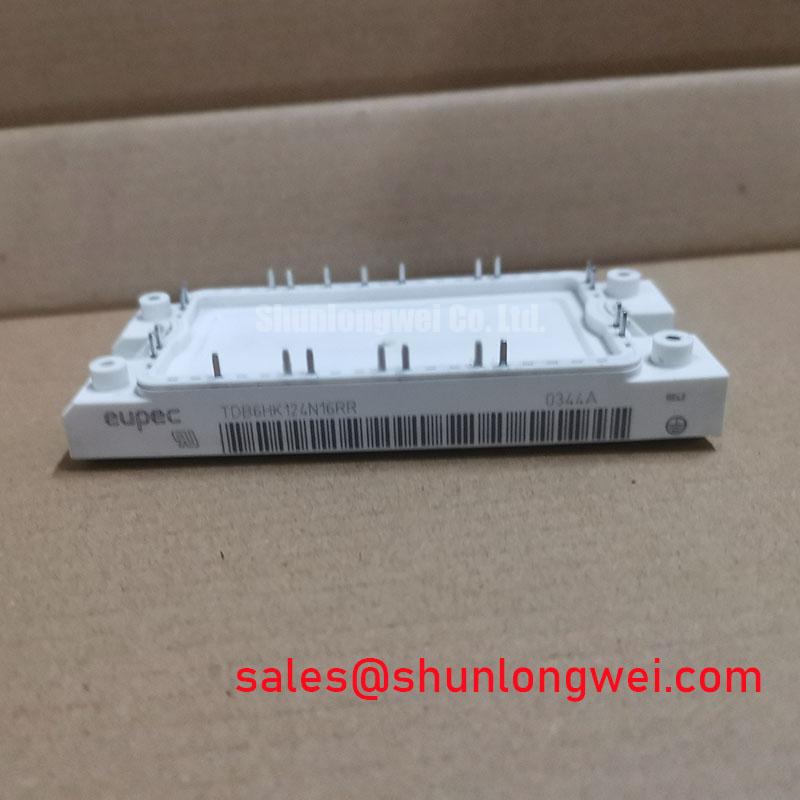Content last revised on November 15, 2025
DZ950N44K: 4400V Rectifier Diode Module for Industrial Use
The Infineon DZ950N44K is a high-reliability rectifier diode module offering superior operational lifetime through solderless pressure contact technology. With specifications of 4400V | 950A | 0.028 K/W Rth(j-c), this component provides exceptional thermal performance and mechanical robustness. Its design directly addresses the core engineering challenge of minimizing fatigue-related failures in high-power systems. By eliminating bond wires, the DZ950N44K delivers a quantifiable increase in system uptime and reduces long-term maintenance overhead, making it a strategic component for demanding industrial power conversion.
Strategic Advantages in Demanding Industrial Environments
In sectors where equipment failure leads to significant operational and financial losses, component longevity is paramount. The Infineon DZ950N44K is engineered to meet these stringent requirements. Its architecture is based on a pressure contact system, which forms the connections between the silicon die and the terminals through mechanical force rather than soldered wires. This design inherently mitigates the primary failure mechanism in conventional modules: solder and bond wire fatigue caused by thermal cycling. As modern systems push for higher power density and efficiency, the ability to withstand frequent temperature fluctuations without degradation is a critical advantage, directly translating to a lower total cost of ownership and enhanced system reliability.
Core Applications: Where Uptime is Non-Negotiable
The robust construction and high voltage rating of the DZ950N44K make it exceptionally well-suited for high-power rectification stages in applications where operational availability is critical. Its design provides the resilience needed for harsh electrical and thermal environments.
- Motor Control and Drives: In high-power AC drives and soft starters, the module provides dependable front-end rectification, capably handling the demanding load cycles and potential grid anomalies common in industrial automation.
- Wind Energy Systems: Serves as a crucial component in the grid-side converters of wind turbines, ensuring efficient and reliable power conversion from the generator to the grid.
- Traction Systems: Ideal for auxiliary power supplies and main rectifiers in rail applications, where mechanical shock, vibration, and thermal stress are constant operational factors.
- Uninterruptible Power Supplies (UPS): Forms the backbone of high-capacity UPS systems for data centers and industrial facilities, guaranteeing a stable DC bus during power irregularities.
For high-power drive systems prioritizing long-term reliability over the highest switching frequencies, the DZ950N44K's 4400V rating and pressure-contact design present a definitive choice for system architects.
Engineering Specifications: A Datasheet Overview
The technical parameters of the DZ950N44K are tailored for high-power industrial applications. The following table provides a summary of its key electrical and thermal characteristics, grouped for clarity in the design and evaluation process. For a complete set of specifications, please download the official datasheet.
| Parameter | Symbol | Condition | Value | Unit |
|---|---|---|---|---|
| Electrical Characteristics | ||||
| Repetitive Peak Reverse Voltage | VRRM | 4400 | V | |
| Maximum Average Forward Current | IFAVM | TC = 100°C | 950 | A |
| Surge Forward Current | IFSM | t = 10 ms, Tvj = 25°C | 10500 | A |
| Threshold Voltage | VT0 | Tvj = 150°C | 0.90 | V |
| Slope Resistance | rT | Tvj = 150°C | 0.44 | mΩ |
| Thermal and Mechanical Characteristics | ||||
| Thermal Resistance, Junction to Case | Rth(j-c) | Per diode | 0.028 | K/W |
| Operating Junction Temperature | Tvj op | -40 to +150 | °C | |
| Mounting Force | Fm | 18 ±2 | kN | |
| Insulation Test Voltage | VISOL | 50 Hz, RMS, t = 1 min | 10.2 | kV |
Design Considerations for System Integration
When incorporating the DZ950N44K into a system, engineers can leverage its features to optimize for reliability and performance. A key parameter is its thermal resistance, Rth(j-c). What is the benefit of a low Rth(j-c)? It signifies highly efficient heat transfer from the silicon junction to the module's case. Think of thermal resistance as the narrowness of a pipe; a lower value is like a wider pipe, allowing more heat (the "flow") to escape easily for a given thermal "pressure" (temperature difference). This efficiency simplifies heatsink selection and can lead to a more compact overall system design. For systems requiring higher current handling, the related FZ1200R12KF5 provides a different set of capabilities for inverter applications.
The module's electrically insulated baseplate (VISOL = 10.2 kV) also simplifies mechanical assembly by allowing multiple modules to be mounted on a common heatsink without the need for additional insulating materials, reducing parts count and assembly complexity. To fully understand the implementation of such modules, a review of best practices in unlocking thermal performance is a valuable resource for design teams.
A Closer Look at Pressure Contact Technology
The defining feature of the Infineon DZ950N44K Thyristor/Diode Module is its reliance on pressure contact technology, a core element of its design philosophy centered on long-term reliability. Unlike conventional modules that use solder and aluminum bond wires to create electrical connections, this technology employs a precisely calibrated mounting force to press the silicon die between molybdenum discs and copper contacts. This solder-free interface creates a robust, multi-point electrical and thermal path.
The primary engineering benefit is the elimination of the main wear-out mechanism in power modules: the fatigue and eventual cracking of solder layers and bond wire lift-off due to repeated expansion and contraction during thermal cycles. How does pressure contact enhance lifetime? It creates a more resilient connection that accommodates micromovements without degradation. This results in a significantly higher power cycling capability and a predictable, graceful end-of-life behavior, often referred to as "short on fail," which is crucial for designing safe and maintainable high-power systems.
For further evaluation of your specific application requirements or to explore complementary components for your power conversion design, please contact our technical support team.















